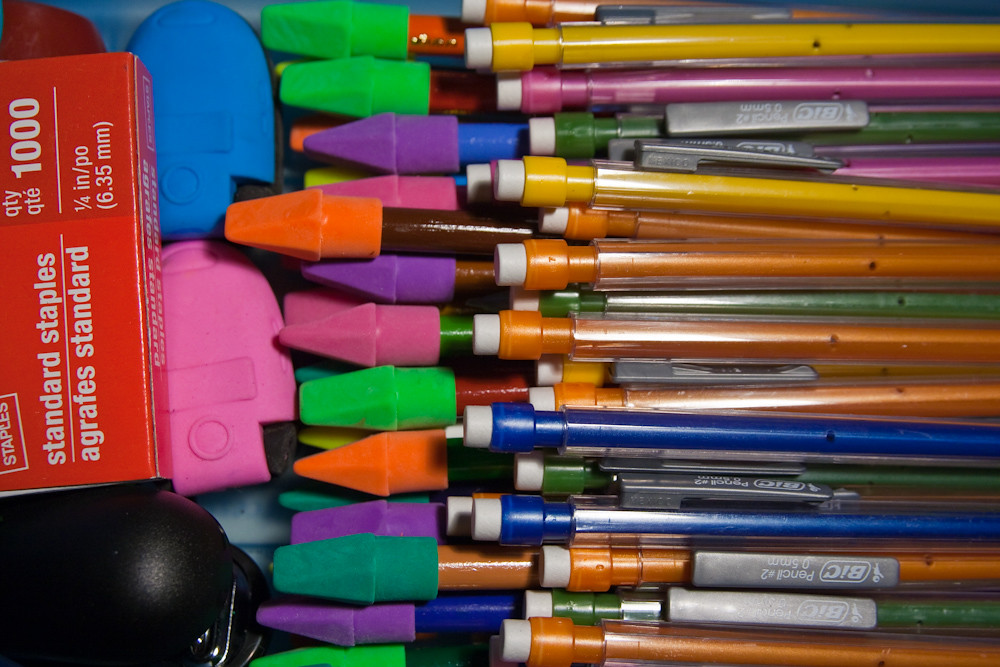Teaching Tools: The Sticky Ball

As teachers, we have numerous teaching tools and teaching games that can help our lessons and motivate our students.
 These tools range from physical objects and toys to the feedback we give and diction we use every single day with our students.
These tools range from physical objects and toys to the feedback we give and diction we use every single day with our students.
This article pertains to one specific teaching tool which seems to be prevalent around schools in Taiwan, The Sticky Ball.
I’ve spoken with numerous teachers in Taiwan and they have all said their classrooms have the infamous sticky ball, which is exactly what it sounds like – a ball that sticks to things.
It can be used for a range of different activities and games.
Good or bad?
However, this ball has gotten mixed reviews. Some people are embarrassed of the ball because they see it as a tool for new teachers to ease their way into lesson planning and creating ESL games.
Others use it everyday and believe it to be the best invention since the whiteboard. In my opinion, it’s all about how you choose to use it.
As with any teaching method, there is a simple, straightforward way or a way to put your own spin on things and create something new and exciting.
For those of you embarrassed by the sticky ball, don’t be! There’s no reason to think less of a tool that can encourage students to learn, grow, and, the big one, participate and speak in class!
Here are just a few ways to make the best use of The Sticky Ball.
Rewards System
In a majority of my classes I like to add rewards along with the grades students receive. Typically, these rewards are points given during class for participation, enthusiasm, and group work. These, of course, can change slightly throughout the year as you see what students need more encouragement with.
I tend to stay away from giving too many points for “correct answers” because it puts pressure on students to always be right instead of making mistakes and learning from them.
The best way to integrate a rewards system is to start from the beginning of the school year and stay consistent throughout. Students then learn what you expect from them and students will, in turn, create a greater sense of trust from you.
Whether students consciously understand or not, they pick up on a teacher’s tendencies- tardiness, timeliness, strictness, laxness. One thing you don’t want to be to your students is untrustworthy.
Remain consistent with your rewards or learn to change them slightly based on behavior.
Sticky ball rewards
Now, how does the sticky ball come into play with a rewards system? Well, you could simply give students one or two points at a time for a reward or you could let them choose their own destiny, persay.
You can write a range of points on the board and when students get a chance to earn points, give them the sticky ball to throw and see what they land on.
Doing this gives the students an opportunity to do something active (who doesn’t like throwing things?) and to gain a sense of ownership of their scores.
Giving students a chance to be more independent in any way gives them a larger sense of accomplishment and responsibility.
Teaching Games
There are so many games that can be created as a teacher. Some games can involve a paper and pen, a matching worksheets, hide and seek with vocabulary words or phrases – there are multiple different kinds.
My favorite games (and ones I think are the most effective) are TPR games, or Total Physical Response. These involve the students moving around and doing some type of active game.
Games such as scavenger hunts, hide and seek, tag, and musical chairs all can be included under the umbrella of TPR.
There are a large variety of TPR games that can be played with the sticky ball.
Group Classroom Games
There are some great group games that involve the use of the sticky ball. Games that will get students talking to each other in English, one of the hardest things to do in an EFL classroom (English as a Foreign Language).
- Split the class up into two even teams that you have chosen based on the students’ levels. Getting the students to choose groups might end in catastrophe…but as the teacher you know your students best.
- Create a grid on the whiteboard, on a large sheet of paper, etc. Write your sentence patterns, vocabulary words, grammar points – anything you want the students to learn. You can even write numbers in the grid that coordinate to pages in a book or story.
- Have students line up and take turns throwing. You can have the student who throws have to say whatever is in the grid, have the student behind them speak, or speak as a group. Speaking as a group will give them more opportunities to talk and work together.
- Keep track of points through correct answers or time the game and see who can answer the most in an allotted time. At the end I tend to give the winning team more points, but still give the losing team points based on their effort and participation.
Individual Classroom Games
These games are better for smaller classes where the teacher can focus on each student. These are much harder for larger classes because other students will naturally get bored and begin talking, disrupting class, or just lose interest altogether.
The rules for individual games are similar to the group games with slight variations.
- Write the material you are learning on the board. It can be a conversation topic, vocabulary, numbers that correlate to other materials, and any other material that will get students talking; if they can talk amongst each other then even better.
- Give the students the sticky ball to throw from their desks or have the come to the front and throw.
- Depending what material the students are learning from the game, have them speak out the answer or prepare the material they need for what the sticky ball landed on.
Rule variations and points can obviously be manipulated and changed to fit the needs of the students’ level and class environment.
These are just a few ways The Sticky Ball can be used with great effect in the classroom. Some of the best games I’ve created, that got students really excited and speaking only using English, have come from using this tool.
That is not to say any teaching method should entirely rely on The Sticky Ball, but if used in moderation and used in the right ways, it can be a tool that amplifies fun, learning, and enthusiasm in the classroom.
Have you ever used the sticky ball in your classes? Was it an effective tool? what about other teaching aides? Let us know in the comments below.

